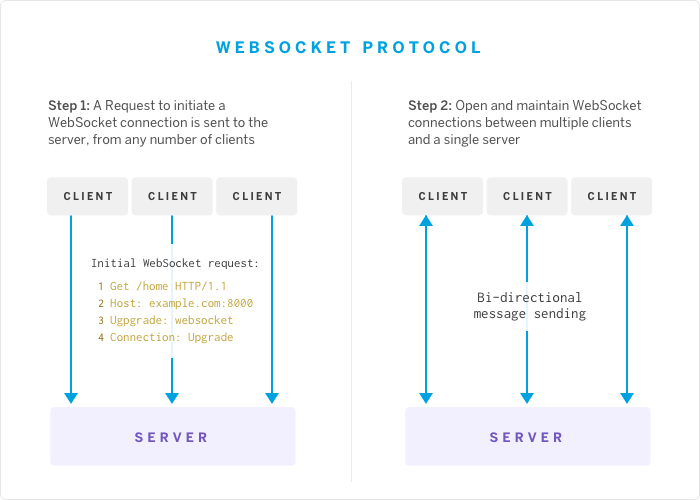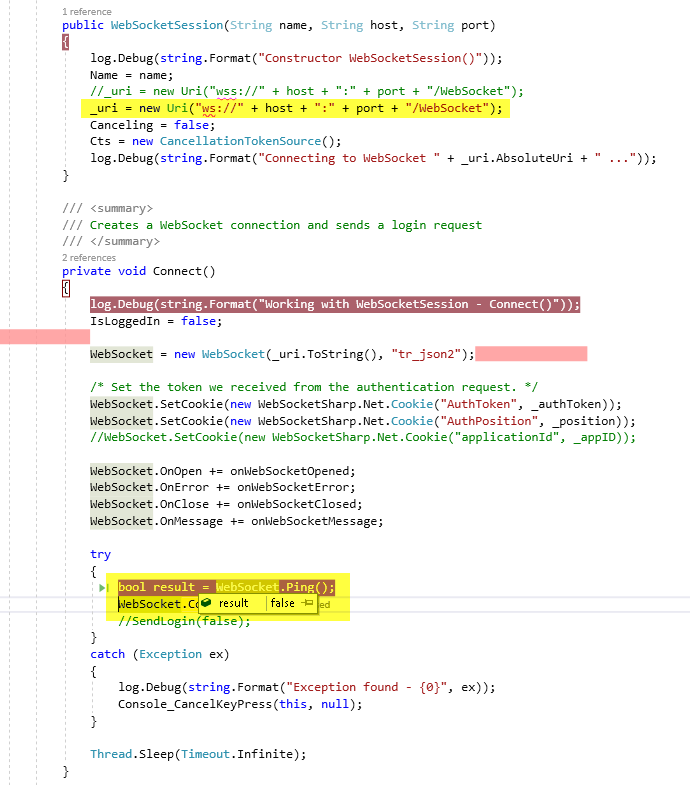

The master listens to port 53 by default. OpenShift Container Platform supports split DNS by running SkyDNS on the master that answers DNS queries for services. Additionally, the backend service has to be created before any of the frontend pods to ensure that the service IP is generated properly, and that it can be provided to the frontend pods as an environment variable.įor this reason, OpenShift Container Platform has a built-in DNS so that the services can be reached by the service DNS as well as the service IP/port. If the service is deleted and recreated, a new IP address can be assigned to the service, and requires the frontend pods to be recreated in order to pick up the updated values for the service IP environment variable. If you are running multiple services, such as frontend and backend services for use with multiple pods, in order for the frontend pods to communicate with the backend services, environment variables are created for user names, service IPs, and more. Denying or Allowing Certain Domains in Routes Creating Routes Specifying a Wildcard Subdomain Policy Determining What You Can Do as an Authenticated User Understanding Pre-allocated Values and Security Context Constraints Sample API Event Caused by a Possible Misconfiguration Redirect URIs for Service Accounts as OAuth Clients Deployments and Deployment Configurations Removing Image Stream Tags from an Image Stream

Adding Additional Tags to an Image Stream Endpoint discovery by using a headless service Injecting Information into Pods Using Pod Presets How Is OpenShift Container Platform Secured? What Is the OpenShift Container Platform Architecture?


 0 kommentar(er)
0 kommentar(er)
